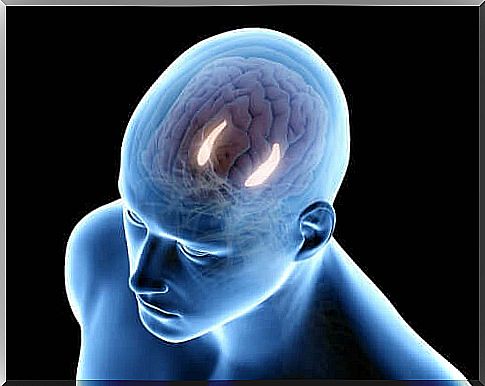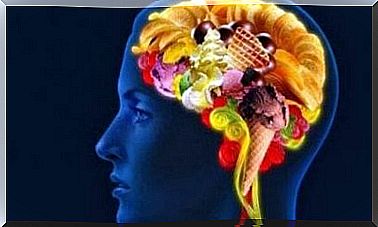Declarative Memory: What Is It?

At the theoretical level, memory is divided into procedural (or non-declarative), which is related to learning skills, and declarative memory. In procedural memory we hold processes, skills such as driving, cycling or knowing how to use computers.
The declarative memory or explicit memory, however, is the one that handles memories can be evoked consciously. It is in turn divided into two: episodic and semantic memory.
But how does declarative memory work? Let’s find out together in this article.
Declarative memory
Episodic memory
To compose the declarative memory there is the episodic memory, which preserves the memories related to personal events. He is therefore responsible for the memory of that trip that is so important to us or of the childhood evenings we spent playing with our friends. It allows us to relate our memories to each other.
It is information with a precise time and space, able to make the context around the memories very strong, of which we are the protagonists. To recall that particular memory are, therefore, the circumstances, such as the where or when of that particular episode.

Due to this strong temporal connection, episodic memory is more susceptible to forgetfulness and interference. To the point of sometimes producing distortions in the details of an autobiographical memory, when, for example, we confuse places or moments in time.
This happens especially when it is someone else who asks us for details about a certain memory. In these cases, the expectations that that person may have about us, combined with possible questions that we are not sure we know how to answer or the desire to please the interlocutor, push us to modify the story.
The brain structures involved
The temporal lobe, where the hippocampus is located, is linked to the creation of new episodic memories. The prefrontal cortex seems to play a key role when it comes to encoding memories in time and space. In essence, the prefrontal cortex helps to remember where and when a given experience was lived, facilitating a better organization of memories.
Disturbances of episodic memory
The main disorder affecting episodic memory is Alzheimer’s. The most important symptom, in the first phase of the disease, is the amnesia of episodic memories. One of the first areas to be affected is in fact the hippocampus. Episodic memory loss is also common in amnesia from seafood poisoning, with irreversible risks, or in Korsakoff’s syndrome.
Stress and drug use such as ecstasis and MDMA are other causes of a significant deterioration in this type of memory.
Semantic memory
In addition to episodic memory, declarative memory is also composed of semantic memory. This type of memory holds linguistic information and facts from the world. Acting as an encyclopedia and dictionary, this memory is the first that allows you to know, for example, what the words “banana” and “fruit” mean and what relationship exists between the two.
This knowledge has a generic and decontextualized nature, even if at times it can be traced back to episodic memory, which makes it easier to remember. An example is when we can remember the meaning of that painting seen in a museum a long time ago.
The brain structures involved
Several authors agree that semantic memory and episodic memory affect the same brain structures. However, there are no studies that seem to ascertain a relationship between hippocampus and semantic memory, while there are for episodic memory.
Other authors prefer to link it to the temporal neocortex, while still others argue that there are many structures involved depending on the memory to be recalled. For example, knowledge of the sound a bottle makes when it falls to the ground would be activated by the auditory cortex. The memory of what color the cows are is linked to the visual one, while the bilateral temporal lobe is linked to the integration of all semantic information.

Semantic memory disorders
Semantic dementia is a neurodegenerative disorder that affects the temporal lobe. This disorder affects both the ability to assign names to objects, as well as access to the meaning of the same. People with this disorder gradually experience a deterioration in their ability to use familiar words or to recognize objects visually.
Alzheimer’s also exhibits deterioration of the type just mentioned, as affected patients tend to name or describe objects incorrectly.









